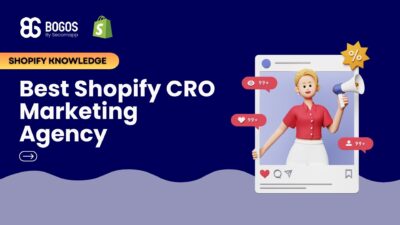
Hiring a Shopify CRO Agency: 7 Experts Worth Your Budget
If you are heading into 2026 planning bigger campaigns, now is the right time to tighten your onsite conversion....
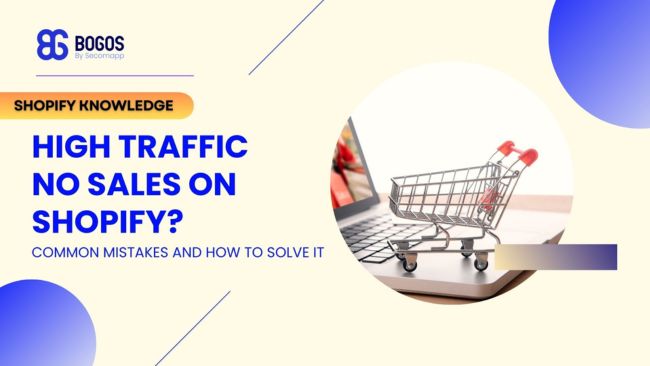
Digital Marketing Specialist
Watching many visitors to your Shopify site but no sales is a highly irritating experience. Even with the visitors, the purchases simply aren’t taking place. This issue often boils down to two main problems: unconvertible traffic or something on your website that stops prospective buyers from completing their sales.
Let’s dive into why your store might be attracting visitors but missing out on sales and what you can do to fix this common high traffic no sales on Shopify challenge.
You’ve done it. Your Shopify store is up and running, and you see a steady stream of visitors. The analytics look promising, with graphs pointing upward and numbers climbing. But there’s a problem: your sales aren’t following suit. It’s a common scenario that leaves many store owners scratching their heads.
Don’t worry; you’re not alone in this predicament. Let’s explore why your store might struggle to convert visitors into customers and, more importantly, how to fix it.
Not every type of traffic is the same. Think like this: Would you rather see 100 window shoppers or 10 serious customers in your store? Quality is more important than quantity in every instance.
Here’s what might be happening:
To manage this, first delve into your Google Analytics. Look into how often time spent on a site, pages per session, and bounce rate vary for multiple traffic sources. Are people enjoying your website or leaving immediately after they get here?
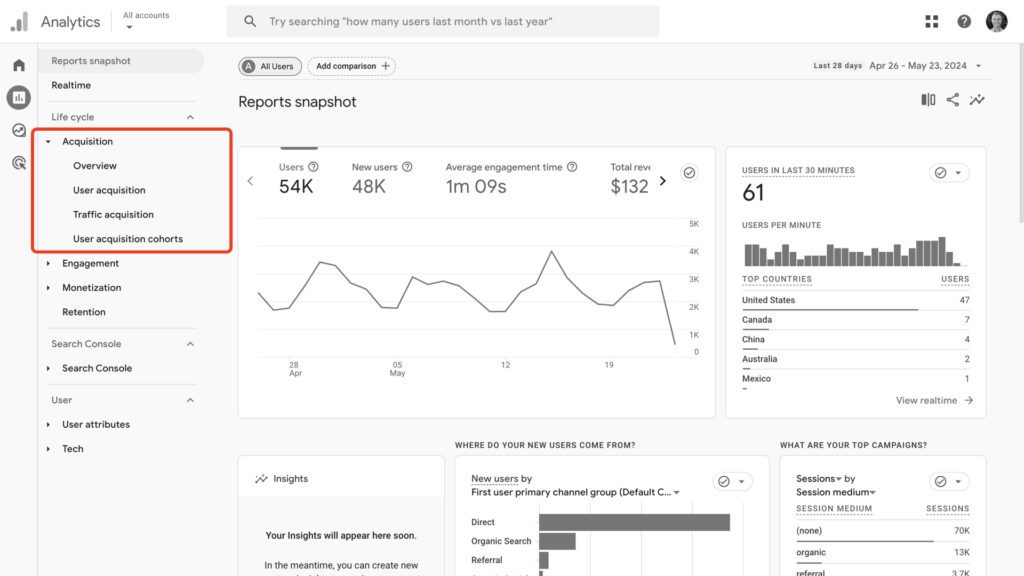
Next, examine your traffic sources. If you’re running ads, review your targeting settings. Are you reaching the right demographic? For organic search traffic, look at the keywords bringing visitors to your site. Do they match what you’re selling?
Consider this scenario: Despite offering luxury watches, your traffic mostly comes from social media that addresses budget-conscious audiences. You’ll get a lot of window shoppers but few buyers. It’s like inviting vegetarians to a steakhouse – they might look at the menu, but they’re not likely to order.
Sometimes, high traffic numbers can be deceiving. Your store might be attracting non-human visitors – bots and spiders that inflate your visitor count without any potential for sales.
Use Google Analytics bot filtering to exclude known bots. Look for suspicious patterns in your traffic, like unusually high bounce rates or sessions with zero seconds duration. If you’re running paid campaigns, consider using specialized click fraud detection tools.

Once it is determined that there is no problem with traffic, your website will be the factor that prevents the web from generating conversions. Here are common issues that cause the “high traffic no sales on Shopify” problem:
The feeling of getting a bargain on something will satisfy anyone, right? Discounts are sometimes the factor that keeps customers staying in your store longer. But if you don’t know how to create diverse and helpful discounts, I would like to introduce the BOGOS Free Gift Shopify app right now.
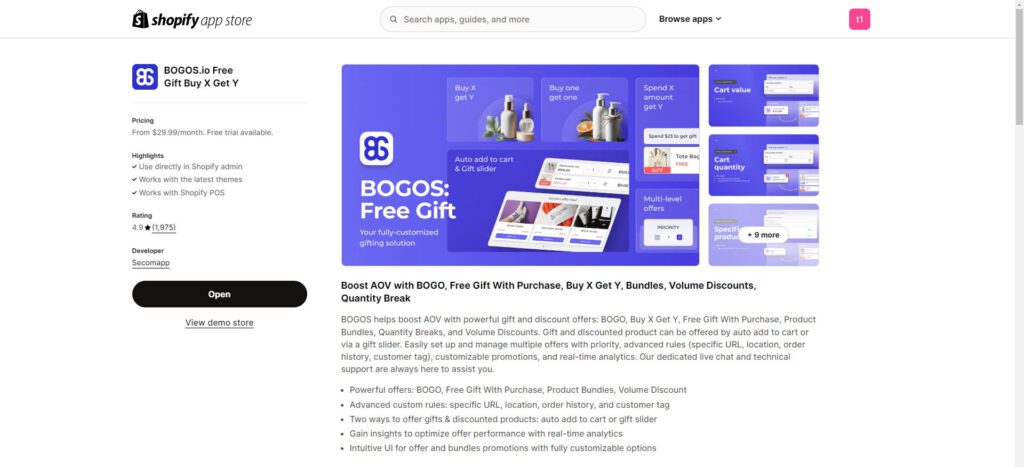
This app is a powerhouse for creating various Shopify automatic discount offers, such as Buy One Get One (BOGO), Buy X Get Y, free gifts with purchases, bundles, and quantity breaks. It’s super flexible, allowing you to set up multiple offers with different priorities and rules.
One standout feature is the sub-condition option, which lets you get really specific with your promotions. Want to offer a deal only to customers from certain countries? Or maybe give a special gift to repeat buyers? BOGOS has you covered.

The app integrates smoothly with Shopify, working directly in your admin panel, and is compatible with the latest themes. Prices start at $29.99 per month, and a free trial is available if you want to test the waters.
As for what other users think, BOGOS is sitting pretty with a stellar 4.9 ⭐ rating from 2,000+ reviews. Seems like it’s hitting the mark for a lot of shop owners.
So, if you want to jazz up your promotions and boost your sales, BOGOS might be worth considering!

Think of a slow website as a physical shop with a jammed door; no one is eager to stand around waiting to come in. When users seek instant gratification, a slow website can swiftly send away prospective buyers. Demonstrable findings reveal that conversions may decline by up to 7% as a result of a one-second page load delay.
Let’s deal with this slowdown squarely. First, take a hard look at your images. Are they unnecessarily large? Compress them without sacrificing quality. Next, consider implementing lazy loading. This nifty technique only loads images as users scroll down, speeding up initial page load times.
But don’t stop there. Minify your CSS, JavaScript, and HTML files. Removing unnecessary characters helps your site load faster. And speaking of decluttering, take a critical look at your plugins. Do you really need all of them? Each one adds weight to your site.
Here’s a pro tip: use critical CSS. It’s like giving your website a turbo boost for above-the-fold content. By inlining these crucial styles, you’re serving up the most important visual elements faster than you can say “conversion rate.”
Read more: 15 Best Tips to Improve Your Store’s Conversion Rate
First impressions matter, especially online. If your website looks outdated, cluttered, or difficult to navigate, it can create a negative perception of your brand. A poorly designed website can make visitors feel that your business isn’t trustworthy or professional, leading them to leave without exploring further.
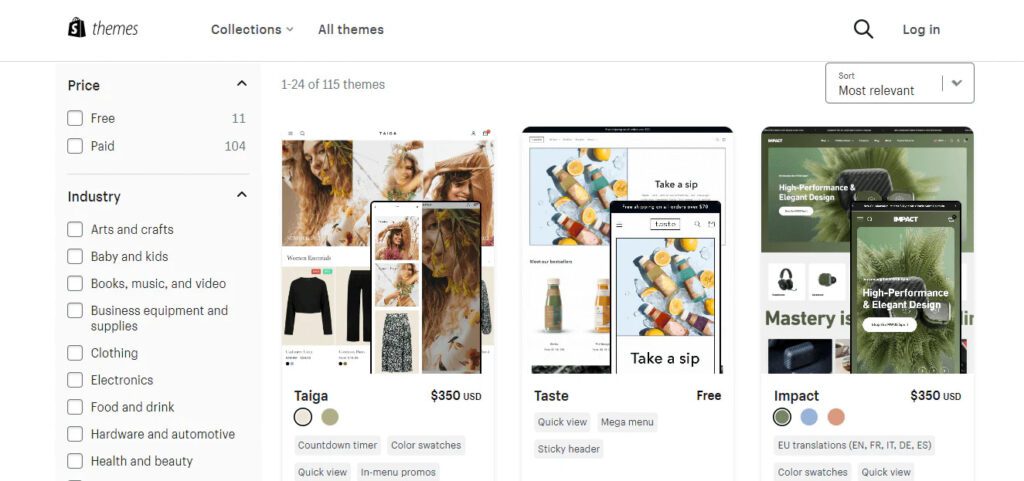
Start with a clean, modern layout. Think of it as decluttering your physical store – less is often more. Use white space strategically to guide the eye and prevent visual overload.
Pay more attention to color than you have been. Pick a color scheme in accordance with your brand and stick to it. It’s as if you are creating a unique appearance for your business.
Readability is important, but typography consists of more than that. It’s also about personality. Choose fonts that reflect your brand’s voice. Are you playful? Professional? Cutting-edge? Let your type talk.
Here’s something often overlooked: micro-interactions. These small, subtle animations can make your site feel alive and responsive. A button that subtly changes color when hovered over or a smooth transition between pages – these details add up to create a polished, engaging experience.
In e-commerce, customer service is a key differentiator. A lack of immediate support can frustrate visitors, especially when they have questions about your products or face issues during checkout.

Start by implementing a live chat feature. It’s like having a friendly, knowledgeable staff member who is always ready to help. But don’t rely solely on real-time interactions. Create a comprehensive FAQ section. Think of it as your store’s help desk, available 24/7.
Here’s an idea that can set you apart: video tutorials. Create short, engaging videos addressing common customer queries. It adds a personal touch and caters to visual learners. Plus, it shows your willingness to go the extra mile for your customers.
Remember, your support team is the face of your company. Train them not just in problem-solving but in empathy. A customer remembered and valued is a customer who returns.
The convincing process for a customer to buy ends with product pages. If these pages are scant – without detailed descriptions, high-quality visuals, or engaging features like customer reviews – it can weaken the impact of all the work done to bring traffic to your site.
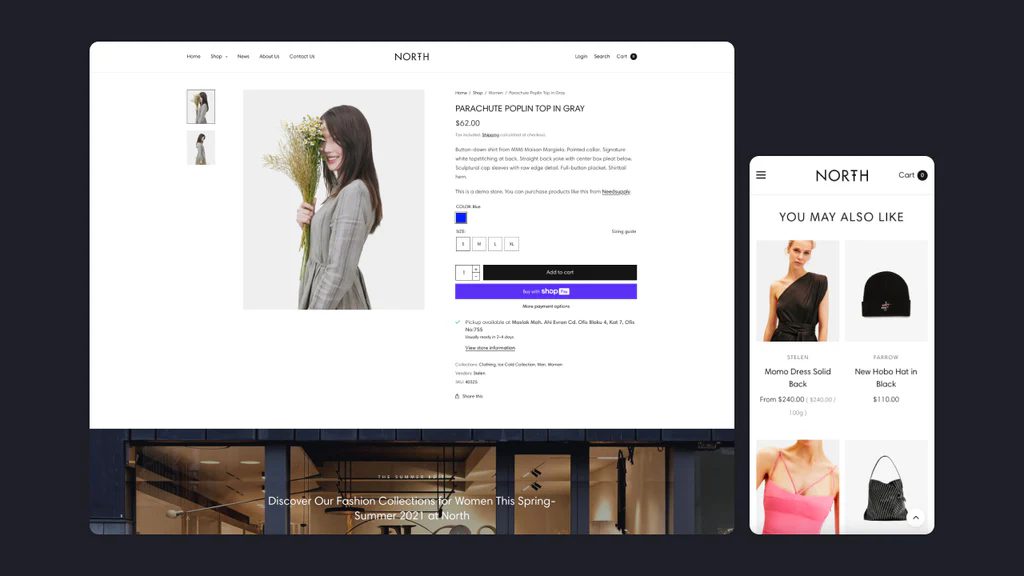
Start with high-quality, zoomable images from multiple angles. This is the digital equivalent of letting customers pick up and examine your products.
Don’t skimp on descriptions. Focus on benefits, not just features. User-generated content is gold. Encourage customers to leave reviews and photos. It’s like having an army of brand ambassadors vouching for your products.
Here’s a game-changer: Consider adding 360-degree product views or AR features. These are especially powerful for products like furniture or clothing, allowing customers to virtually “try before they buy.”
Unexpected costs are one of the biggest contributors to cart abandonment. If a customer discovers hidden fees or unclear pricing during checkout, it can feel like a bait-and-switch tactic, eroding their trust and driving them to abandon their purchase.
Be completely honest from the outset. You should present all expenses in advance, such as taxes and shipping costs. If you offer gratis shipping, showcase it right in your homepage banner. It’s a powerful incentive.
If you can’t provide free shipping, be sure to have a transparent shipping calculator showing early on during the browsing process. Don’t let any abrupt issues in the checkout experience ruin a sale, as these can easily turn a potential transaction into a lost opportunity.
A complicated checkout process can frustrate even the most motivated buyers. Every additional step, unnecessary form field, or requirement to create an account adds friction and increases the chances of cart abandonment.
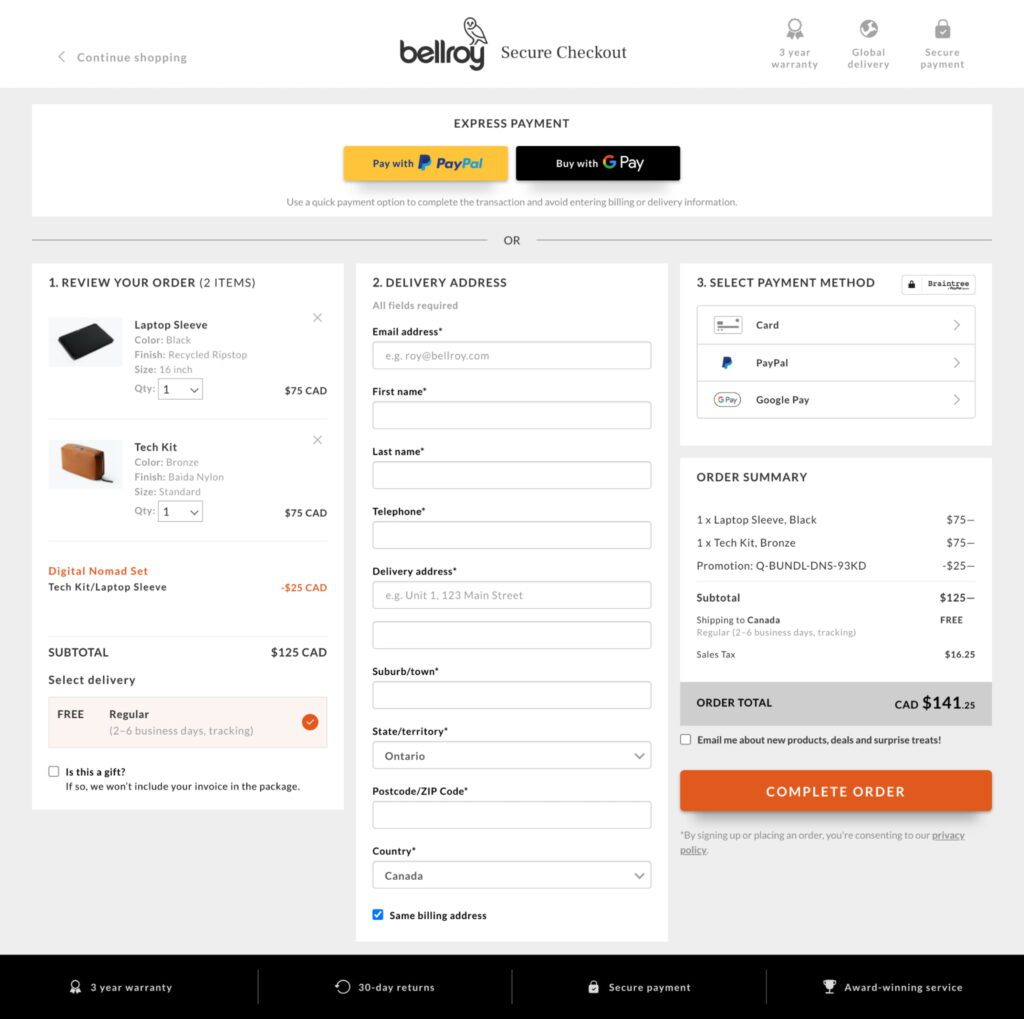
Start by offering guest checkout. Not everyone wants to create an account; forcing it can lead to abandoned carts.
Minimize form fields. Each additional field is another hurdle for your customer to jump. Auto-fill where possible, especially for returning customers.
Progress indicators are crucial for multi-step checkouts. They’re like signposts, reassuring customers that the finish line is in sight.
Here’s a unique feature: a “save for later” option. Life happens, and sometimes customers need to pause their purchase. Make it easy for them to pick up where they left off.
Building brand awareness is like planting a garden – it takes time, effort, and the right conditions to flourish. Low brand awareness means customers may visit your site without a strong connection or loyalty to your business. They’re simply exploring and might leave without buying, especially if they are unfamiliar with your brand’s value.
To solve this, start by developing a strong social media presence. Be where your customers are, whether that’s Instagram, LinkedIn, or TikTok.
Collaborating with influencers can be powerful, but choose wisely. Look for authentic voices that align with your brand values. Content is still key. Create valuable, shareable blog posts, infographics, or videos.
Here’s an out-of-the-box idea: create a branded mobile app. It doesn’t have to be complex – even a simple loyalty program or exclusive content can keep your brand top-of-mind.
Most visitors will not purchase on their first visit to your site. Without a remarketing strategy, these potential customers might never return, even if they are genuinely interested.

Remarketing is your second chance at a first impression. Set up retargeting ads on platforms like Google and Facebook. It’s like gently reminding window shoppers about that item they were eyeing.
Personalized email campaigns based on browsing history can be powerful. They show that you’re paying attention to your customers’ interests.
Remember the abandoned cart discount attached to emails. A gentle nudge, perhaps with a small incentive, can recapture lost sales.
Here’s a pro tip: use dynamic retargeting ads. These show visitors the exact products they viewed on your site.
By addressing these issues with creativity and attention to detail, you’re not just fixing problems – creating a smooth, engaging experience that turns visitors into loyal customers. Remember, every interaction is an opportunity to impress and connect in the digital world.
Read more: How to Get Sales on Shopify Without Ads? 13 Best Tips
I hope you found this post helpful in solving your “high traffic no sales on Shopify” problem. It’s all about making your store where visitors feel excited to shop. You’ll turn those visits into real sales by fixing these common issues and creating a better shopping experience. Keep tweaking, keep testing, and get ready to watch your sales grow!
Your store may attract the wrong audience, have unclear pricing, a slow loading speed, or lack trust signals like reviews and clear policies. Identifying these issues can help turn traffic into sales by improving the overall customer experience.
Enable guest checkout to reduce friction, simplify the checkout process by minimizing form fields, and ensure all payment options work without errors. This makes the checkout experience quick and easy for customers, reducing cart abandonment.
Yes, if your prices are significantly higher than competitors, visitors may leave without buying. Regularly compare your prices to those of competitors and consider offering discounts or added value to make your products more appealing.
Use tools like heat maps and Google Analytics to see how visitors interact with your site. This data can help identify weak spots, such as unclear product pages or ineffective CTAs, so you can optimize these areas and improve conversions.
Showcase customer reviews, add trust badges, and clearly outline your shipping and return policies. This helps build credibility and reassures visitors that your store is reliable and professional.


If you are heading into 2026 planning bigger campaigns, now is the right time to tighten your onsite conversion....

If you are serious about scaling, there comes a time when DIY fixes and late-night Googling no longer suffice....

In 2025, retail eCommerce sales are estimated to exceed $3.6 trillion, with approximately 2.8 billion people worldwide making at...
